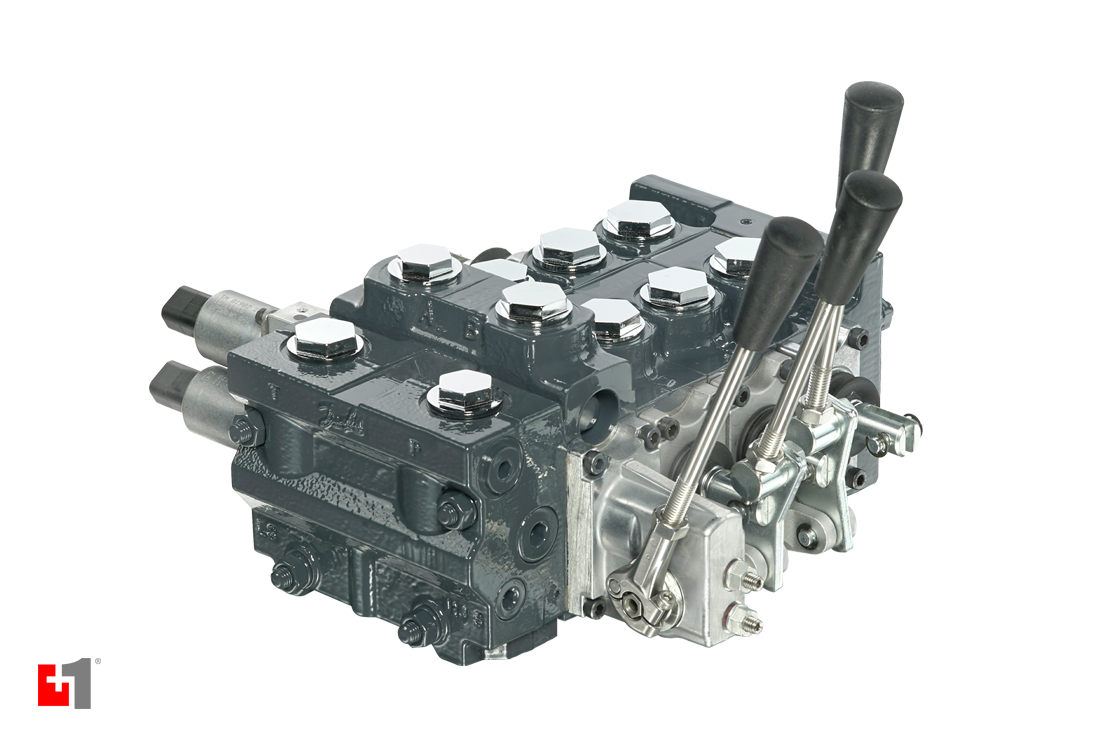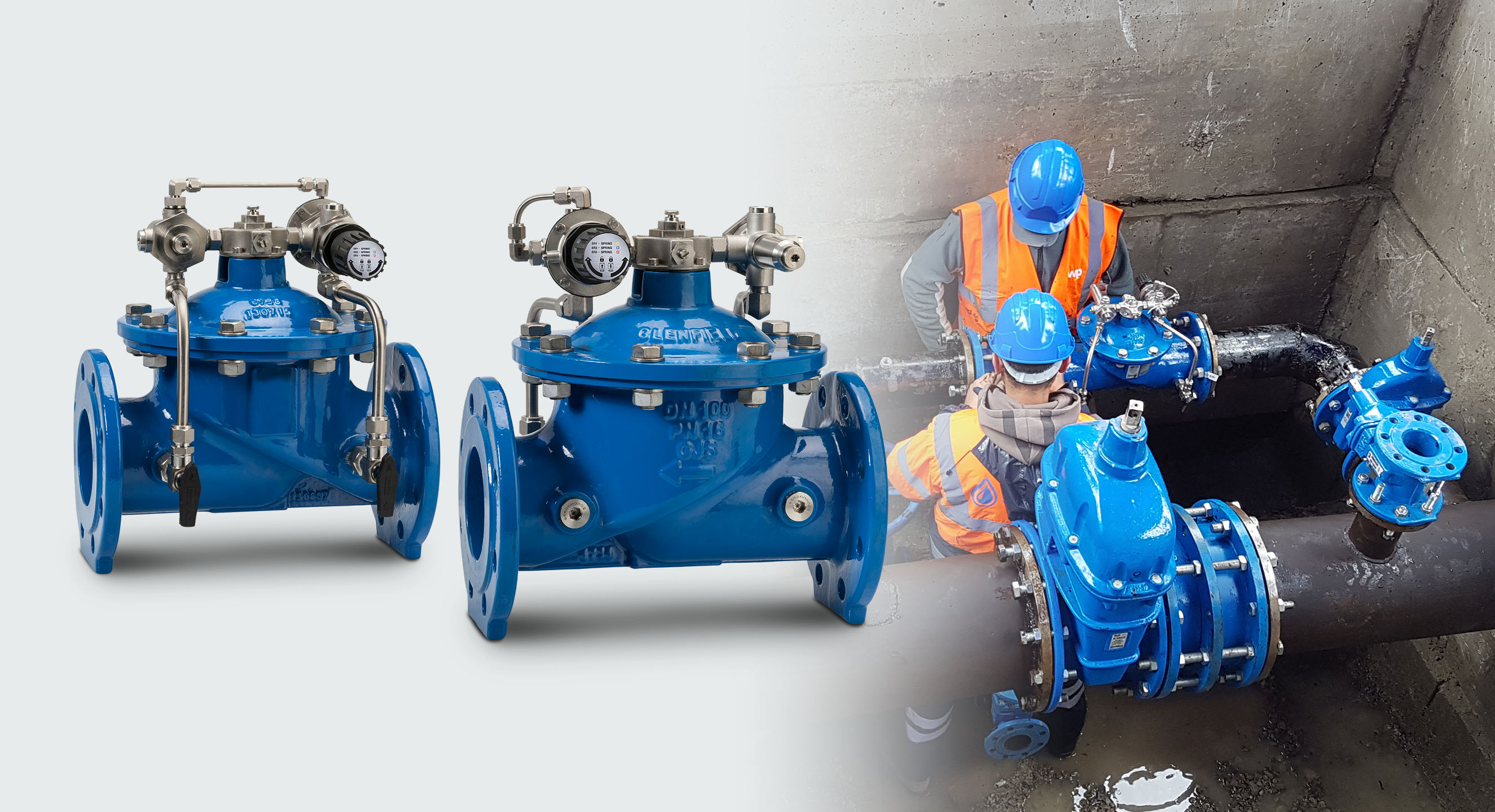Enhancing Operational Effectiveness with Advanced Control Valves
Enhancing Operational Effectiveness with Advanced Control Valves
Blog Article
Achieve Seamless Combination and Control With Quality Building Automation Controls
In the realm of contemporary building monitoring, the significance of quality building automation controls can not be overstated. Welcoming top quality structure automation controls is not just a matter of benefit however a calculated imperative for organizations aiming to enhance their facilities' efficiency and sustainability.

Advancement of Structure Automation Controls
Throughout the past few years, the evolution of constructing automation controls has actually dramatically transformed the means buildings are taken care of and operated. Originally, building automation systems mostly focused on standard functions such as regulating air, air flow, and heating conditioning (HVAC) systems. As modern technology advanced, these controls have come to be much more advanced, allowing for a larger variety of structure systems to be integrated and taken care of centrally.
The evolution of building automation controls has seen a change towards more intelligent systems that can adapt to altering problems in real-time. This versatility is crucial for enhancing power performance and ensuring resident convenience. In addition, modern-day structure automation controls currently offer functions such as predictive maintenance, remote monitoring, and data analytics, making it possible for center supervisors to make data-driven choices to improve building performance.

Advantages of Top Quality Integration
The development in structure automation manages towards even more intelligent systems has actually highlighted the significant benefits of high quality assimilation in enhancing building procedures and boosting total efficiency. This centralized control likewise offers much better presence and understandings right into building efficiency, enabling proactive maintenance and optimization methods. Overall, the benefits of high quality combination in structure automation controls are indisputable, using boosted performance, convenience, and operational efficiency.
Improved Individual Experience and Availability
Enhancing user interaction with building automation controls through user-friendly style and improved availability raises the total experience for occupants and facility supervisors alike. By concentrating on customer experience, building automation systems can become extra straightforward and efficient. Intuitive interfaces, clear navigating, and adjustable settings empower customers to connect with the controls conveniently and effectively.
Ease of access features play an essential function in making sure that all individuals, consisting of those with specials needs, imp source can use the structure automation manages easily. Including functions such as voice commands, tactile switches, and color-contrasted screens can enhance ease of access and make the controls a lot more inclusive.
In addition, enhanced user experience brings about greater user fulfillment, increased productivity, and better decision-making. Owners can change ecological settings according to their preferences, while center managers can effectively handle and check structure systems - control valves. In general, focusing on user experience and accessibility in building automation regulates contributes to a much more efficient and smooth structure environment for all stakeholders involved
Lasting Practices Via Automation

Furthermore, automation can promote the integration of renewable energy resources such as solar panels or wind generators right into building operations. By automatically changing power use based on the availability of renewable resource, structures can better lower their dependence on non-renewable resources. This seamless combination of lasting practices not just profits the environment yet also enhances the general functional efficiency and cost-effectiveness of the structure. Via automation, structures can align with modern-day sustainability goals and add to a greener future.
Future Trends in Structure Control Equipment
One prominent fad forming the future of building control systems is the raised combination of Artificial Knowledge (AI) and maker knowing. In addition, the Internet of Things (IoT) is reinventing building control systems by attaching sensors and tools to improve procedures and improve performance.
Another crucial fad is the emphasis on cybersecurity procedures to protect against prospective hazards to constructing automation systems. As buildings end up being a lot more interconnected, ensuring durable cybersecurity protocols will certainly be important to site link guard delicate information and prevent unauthorized gain access to.
In addition, the change in the direction of cloud-based systems is obtaining momentum, permitting centralized see post control and remote access to structure systems. This facilitates easier surveillance, upkeep, and updates, improving the general performance and versatility of structure control systems. As technology remains to breakthrough, these fads are anticipated to form the future landscape of structure automation controls, driving development and sustainability in the developed setting.
Final Thought
To conclude, building automation controls have progressed dramatically, using countless advantages such as boosted individual experience, access, and sustainable practices. Quality integration plays a vital function in achieving smooth control and reliable operation of structure systems. Future trends in building control systems are most likely to focus on more improving automation capacities for improved power efficiency and general efficiency. It is vital for building owners and operators to prioritize the fostering of quality building automation controls to optimize building procedures and achieve long-term sustainability objectives.
In the world of modern-day building management, the importance of top quality building automation controls can not be overstated. In general, the evolution of building automation controls proceeds to drive technology in the structure administration sector, supplying new opportunities for developing smarter and much more lasting structures.
The improvement in structure automation regulates towards more intelligent systems has emphasized the significant benefits of quality integration in optimizing building operations and enhancing overall performance. In general, prioritizing individual experience and accessibility in structure automation manages contributes to a more smooth and efficient building environment for all stakeholders involved.
It is crucial for structure owners and drivers to focus on the fostering of high quality structure automation controls to optimize building procedures and accomplish lasting sustainability goals. - control valves
Report this page